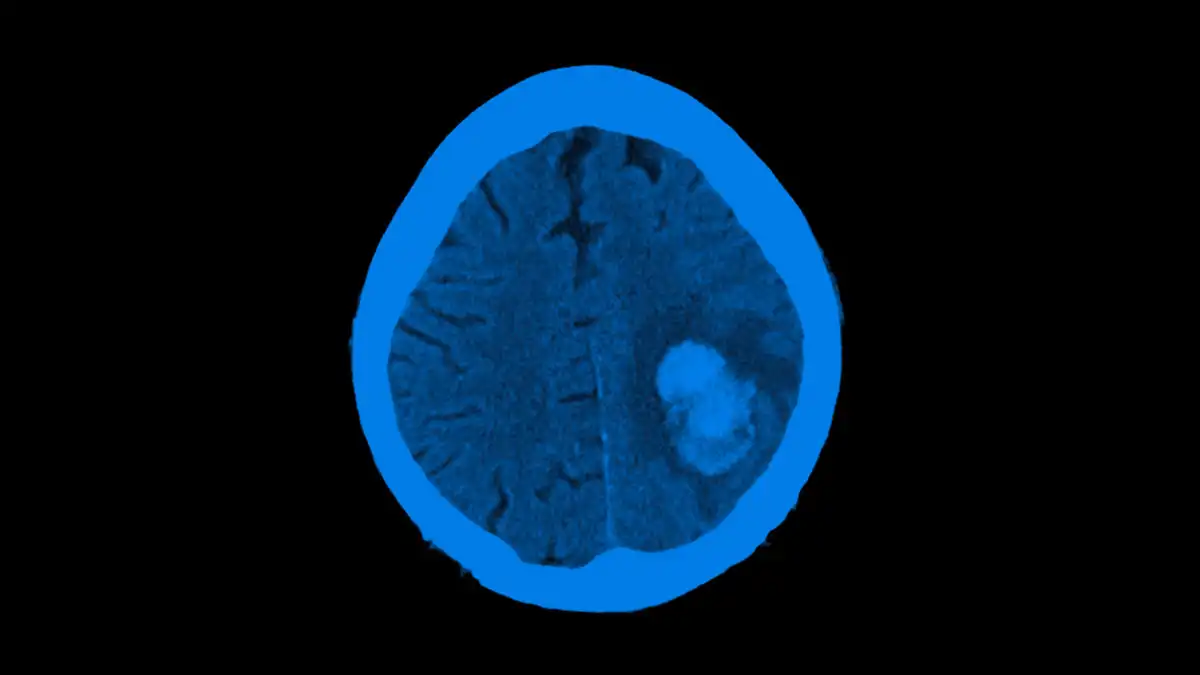
Viz™ AORTIC
A Review of Mature Machine Learning and Artificial Intelligence...
Background After years of both increasing enthusiasm and skepticism by surgeons and patients, the first artificial intelligence (AI) and machine...
May 05, 2023

We aimed to compare the perfusion parametric maps and the determination of predicted ischemic core between three automated CT perfusion software packages: RAPID (IschemaView), Viz CTP (Viz.ai) and e-Mismatch (Brainomix).
Retrospectively review of a prospective database spanning September 2018-November 2019 with the following inclusion criteria: 1) acute large vessel occlusion strokes (LVOS) involving the intracranial internal carotid artery or proximal middle cerebral artery (M1 segment), 2) available CTP images, 3) final complete/near-complete endovascular reperfusion (eTICI2c-3) and 4) follow-up imaging with final infarct volume (FIV) assessment.
A total of 242 cases were included. There was a strong correlation for rCBF<30% between RAPID and Viz CTP (rs=0.844, p<.001) as well of RAPID and e-Mismatch (rs=0.833, p<.001). Similarly, strong correlation for Tmax>6s were observed between RAPID and Viz CTP (rs=0.892, p<0.001) as well for RAPID and e-Mismatch (rs=0.752, p<.001). The accuracy for FIV prediction was found to be moderate in all three packages (RAPID: rs=0.637, p<.001; Viz CTP: rs=0.601, p<.001; e-Mismatch: rs=0.605, p<.001)(Figure). Ghost core (defined as FIV overestimation >10ml within 6 hours from stroke onset) was identified in 10 (15.9%) RAPID, 15 (23.8%) Viz CTP and 3 (4.7%) e-Mismatch cases.
The key CTP parameters for the RAPID, Viz CTP and e-Mismatch packages strongly correlate. CTP predictability of final infarct volume remains moderate and requires further evaluation.